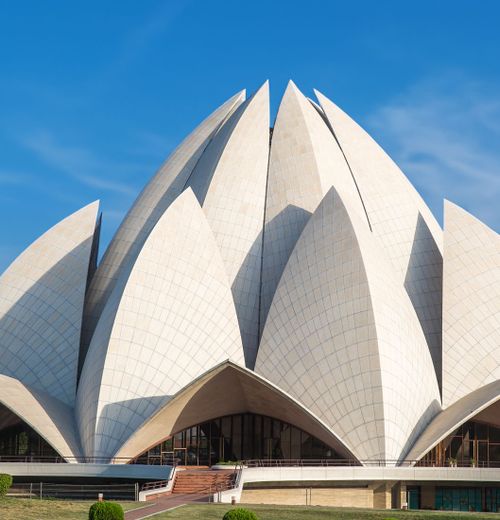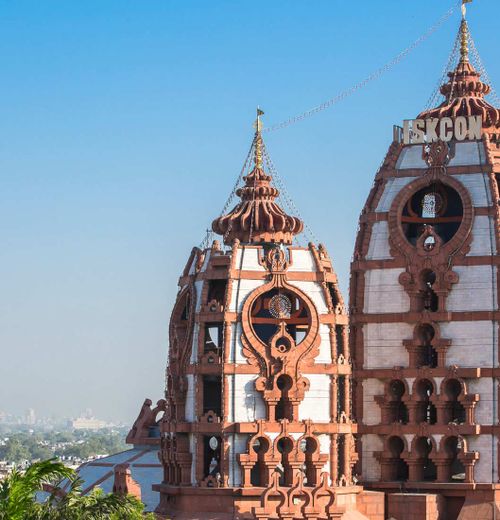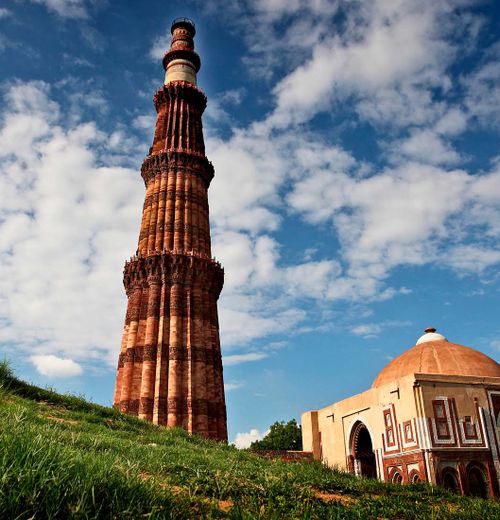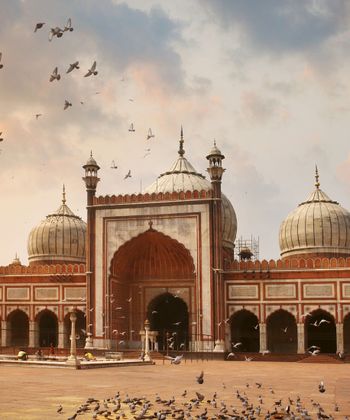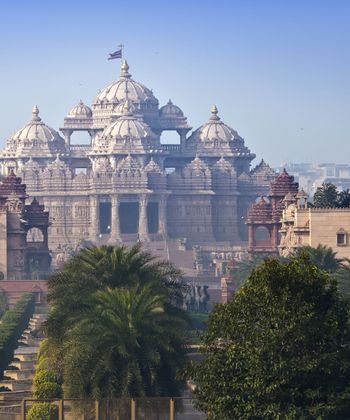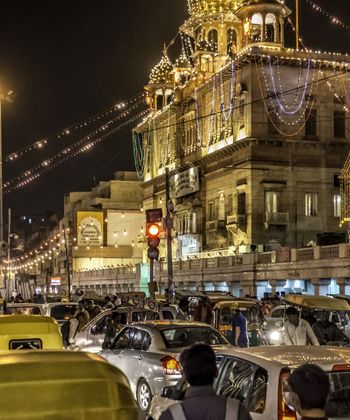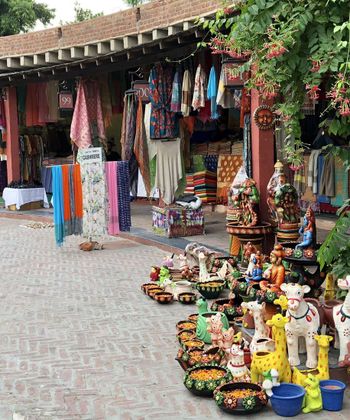Humayun Tomb
Humayun’s Tomb in Delhi is a masterpiece of Mughal Architecture. This 16th-century monument was built under the direction of Humayan’s first wife, Empress Bega Begum. It is situated in a large area of 27 hectares and is enriched with historical and architectural marvels.
The monumental mausoleum stands amid a stunning Persian-style garden. Therefore, it is a must-visit destination for history enthusiasts and architectural connoisseurs.
Architecture of Humayun's Tomb
The main attraction of Humayun's Tomb in Delhi is its representation of Mughal architecture. It is a UNESCO World Heritage Site designed by architect Mirak Mirza Ghyas.
The structure
It has a symmetrical-octagonal design, majestic red sandstone structure, Persian-inspired double dome, and intricate white marble detailing which makes it unique.
Tomb interior
The interior of this tomb is decorated with expensive Shaminana’s and carpets which exhibit a royal look. The cenotaph inside this tomb holds Humayun's swords, turbine, and shoes as decoration and memoir.
Persian-style garden
It is renowned for its stunning Persian-style gardens, divided into four quadrants by flowing water channels. The gardens are a prime example of Charbagh's design, symbolising the concept of paradise in Islamic architecture.
Buland Darwaza
The main entrance, known as the 'Buland Darwaza,' is an imposing gateway made of red sandstone and marble, adding to the grandeur of this architectural marvel.
What to explore at Humayun's Tomb?
Isa Khan’s Tomb
This tomb predates Humayun’s Tomb. It has an octagonal shape and represents an earlier era of Mughal architecture.
Charbagh Garden
This beautiful garden is characterised by its symmetrical and quadrilateral structure.
Arab Serai
It was the rest house for craftsmen who built these monuments.
Bu Halima's Garden and Tomb
It is a serene garden- a tomb dedicated to Bu Halima- Emperor Akbar's wet nurse.
Nila Gumba
It is named for its blue-tiled dome, Nila Gumbad is a striking tomb with fine craftsmanship.
Chillah Nizamuddin Aulia
It was the residence of Nizamuddin Aulia- a well-known Sufi saint.
Nai-ka-Gumbad
This tomb is dedicated to a royal barber of Humayun’s kingdom.
Cenotaph for Hamida Begum
It is an empty tomb monument designed for Hamida Begum who was one of Humayun's wives and Akbar's mother.
Cenotaph of Dara Shikoh
This empty tomb is dedicated to the eldest son of Shah-Jahan.
Some interesting facts
- Humayun was buried in two different locations before he was buried in his tomb complex.
- This complex was designated as a UNESCO World Heritage site in 1993.
- Humayun's Tomb is the first garden tomb in India.
- The Charbagh Garden design later influenced the design of the Taj Mahal.
- More than a hundred graves are situated within this complex.
- The dome of the tomb is at a striking height of 42.5 meters.
- The total amount spent on the construction of this complex was around 1.5 million rupees and it took almost 8 years to complete it.

